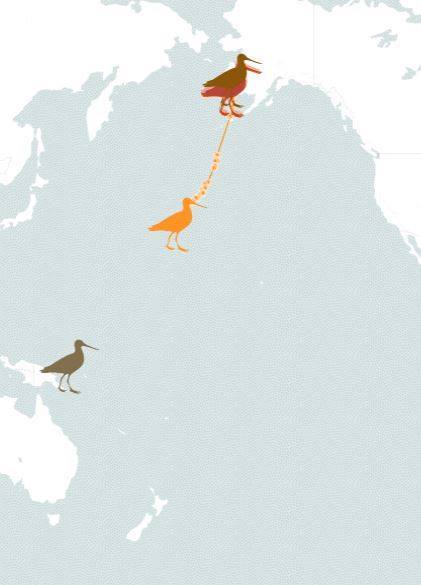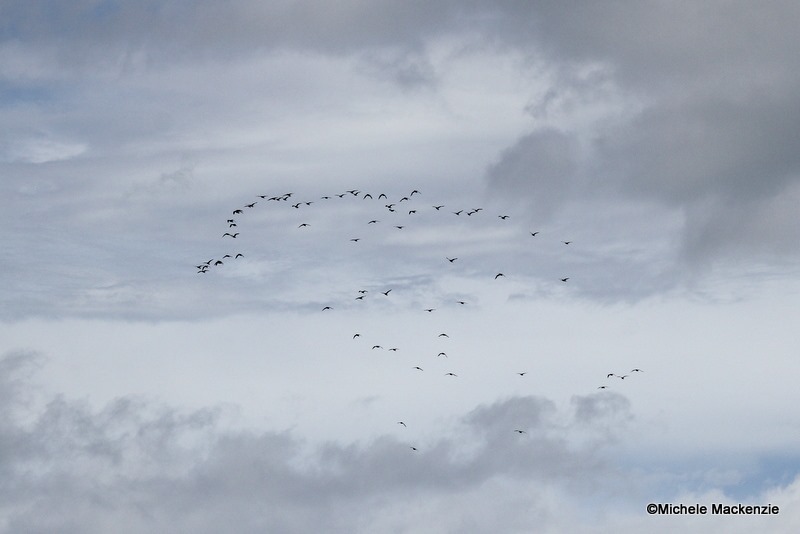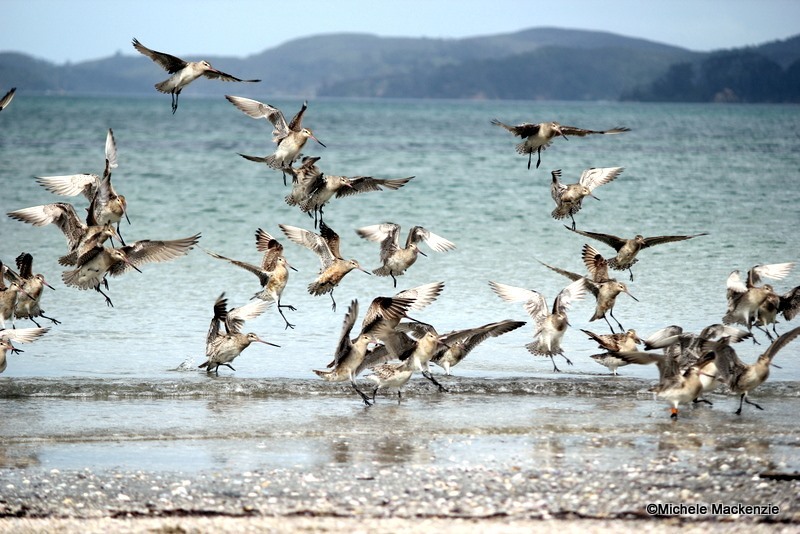Snells Beach Godwits Migrant From Alaska
The Matakana App
18 September 2020, 8:18 PM
 Snells Beach Godwits - Photos by Michele MacKenzie
Snells Beach Godwits - Photos by Michele MacKenzieLast summer, a number of Godwits were fitted with solar powered satellite trackers in New Zealand. These incredible birds are now making their way back here from Alaska, where they migrated for the winter.
Some of New Zealand Godwits have already arrived and a lot more are on their way.
One bird left Alaska last week but was blown off course by bad weather and landed on a small island in Papua New Guinea. There is another tracked bird on the way to New Zealand enjoying favourable winds.
The godwits arrive from Alaska around the 15th of September to spend the summer here and leave again at the end of March for the Yellow Sea and then back up to Alaska, a 30,000 km trip around the Pacific rim.

They perform the longest nonstop flight of any non-seabird in the world. The epic 11,000-12,000 km flight from Alaska takes 8-9 days and is fueled by only stored body fat and muscle mass. Unlike seabirds, they must flap their wings the whole way. They do not have the luxury of soaring or gliding, and they don’t stop to feed, drink, rest or sleep. The godwits lose half their body weight on the journey.

As soon as they arrive, they start to prepare for their epic return migration in March, another 8-9 day nonstop flight. They restore their organs and moult their tired, worn feathers.
The godwit is a bird native to New Zealand and has a life expectancy of 20-30 years. These amazing birds are in decline, and we can make a huge difference and save their lives by just letting them rest and have their space.

Snells Beach is home to flocks of up to 400 Godwits over summer, feeding over the intertidal sand flats. Snells Beach is one of the best feeding areas in Auckland for them, and along with 35 other species of shorebirds and waterfowl, they do us a great service by maintaining the health and delicate balance of our marine environment and beach. However, with the options of where to go becoming more and more limited, the world has lost 50% of its migratory shorebirds in just the last few decades.
You can follow the birds journey here.
ACCOMMODATION
